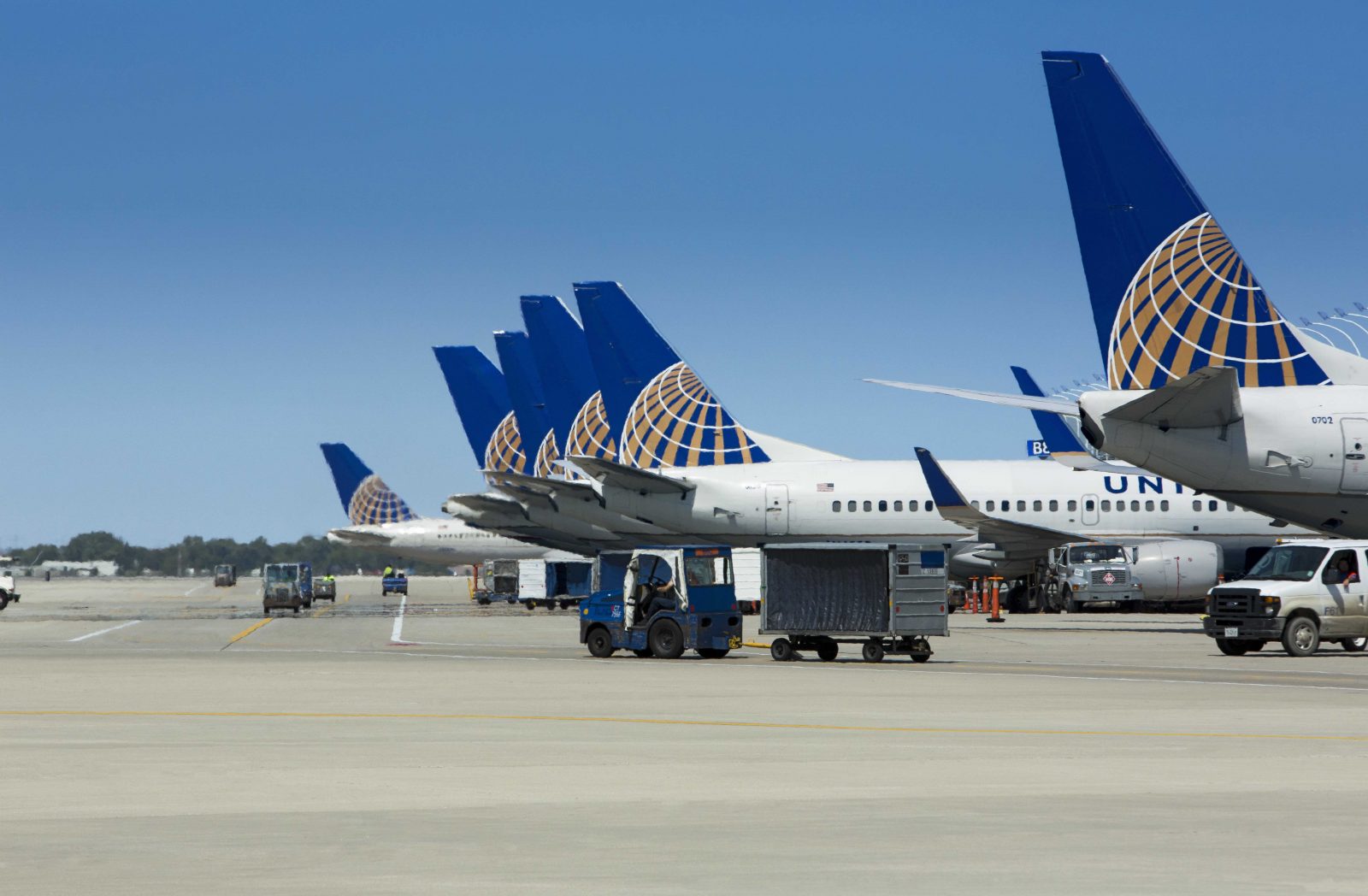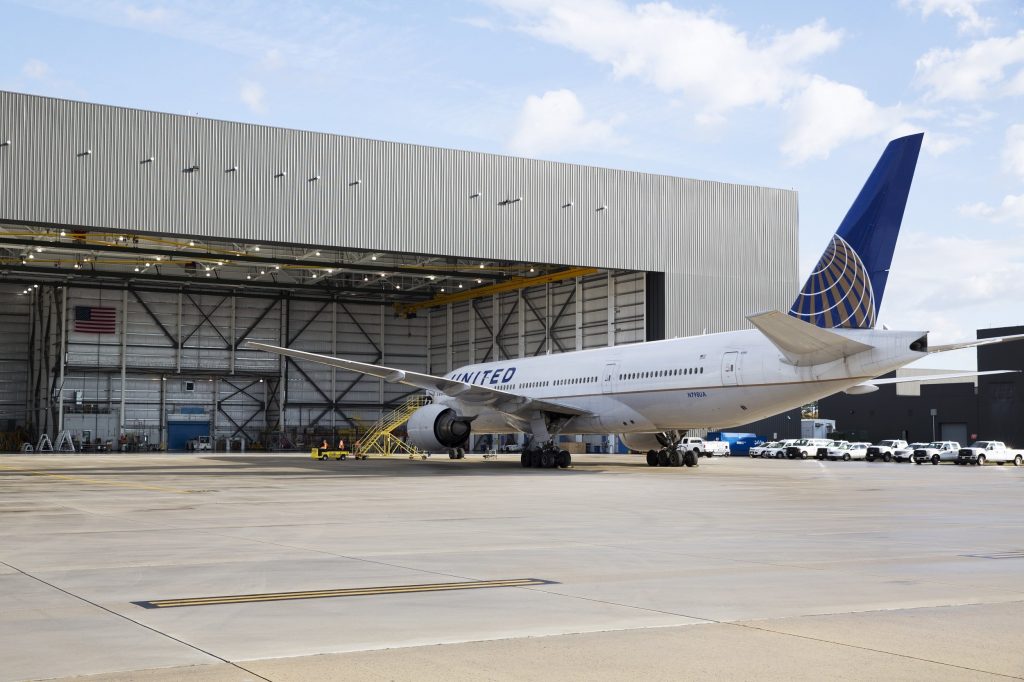
There’s no such thing as bad publicity, right? Try telling that to Oscar Munoz, the chief executive of United Airlines who presided over one of the biggest PR gaffes in living history. The now infamous beating of Dr David Dao on a United Airlines plane in April 2017 not only cost the Chicago-based airline dearly but it also cost Munoz the chance of promotion to Chairman of the board.
In fact, this PR disaster was so epic that it mkes it onto a not so illustrious list of the Top Ten costliest public relations fiascos… Ever. United Airlines has found itself rubbing shoulders with the likes of oil giant BP after a massive oil spill in the Gulf of Mexico in 2010 and German car manufacturer Volkswagen for its emissions scandal that surfaced in 2015.
Also on the list is Bank of America for a 2008 securities scandal and Uber for the sexual harassment allegations that hit the ride-hailing app a couple of years ago. That’s quite a list…
United Airlines lost $1.4 billion in the days following the Dr David Dao incident in which the 69-year-old Kentucky-based physician was physically dragged off a United Airlines plane by security officers at Chicago O’Hare on 9th April 2017. Dao had found himself selected to be removed from an oversold flight despite the fact he was already in his seat – a fact that seemed to be lost on United Airlines.
From its point of view, United had to get four flight attendants on the completely full plane so they could operate a flight the next day. When no one volunteered to remove themselves from the flight, United’s policy at the time was to randomly select passengers to be bumped. Dr Dao was simply an unwitting pawn in United’s game – they just didn’t expect Dao not to play by their rules.
Standing up for his rights, Dao refused to deplane. Before long, security officers were called and then as we all know, Dao was dragged off the plane. The Vietnamese refugee was left bloodied and battered as his screams to be left alone were ignored by the officers.

The whole thing had been filmed by fellow passengers and the videos went viral around the world. As it is, that’s a big enough PR nightmare but then came United’s response. Munoz first refused to apologise and seemed to downplay the seriousness of what had happened. Then, in an apparent attempt to shift blame, Munoz described Dao as “disruptive and belligerent” – had he even watched the video?
As the media and travelling public tore United apart, it’s reputation in tatters, it took Munoz and his PR team another 24-hours to finally take responsibility and promise to do better. The apology didn’t come soon enough to prevent United taking its own bruising on the markets, although it didn’t take long for the airline’s stock to recover.
Two of the security officers involved in the incident were eventually fired for their role in what happened, while United Airlines agreed a reported settlement of $140 million with Dr Dao for injuries that included concussion, a broken nose, and broken teeth.
United has since introduced a number of policy changes following this infamous incident – not only because it’s the right thing to do but, let’s be honest, to avoid a similar PR disaster in the future. The airline now offers significantly more compensation as an incentive for passengers to voluntarily bump themselves from an overbooked flight. It has also promised not to forcibly remove someone from a plane unless they are a safety risk.
Speaking for the very first time about the incident, Dr Dao told ABC News earlier today that he cried when he first saw the video of him being removed from that plane. He was, however, glad that what happened to him spurred United to change.
Related
Mateusz Maszczynski honed his skills as an international flight attendant at the most prominent airline in the Middle East and has been flying ever since... most recently for a well known European airline. Matt is passionate about the aviation industry and has become an expert in passenger experience and human-centric stories. Always keeping an ear close to the ground, Matt's industry insights, analysis and news coverage is frequently relied upon by some of the biggest names in journalism.







